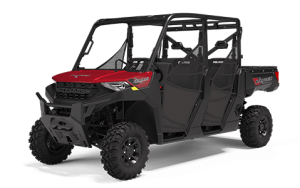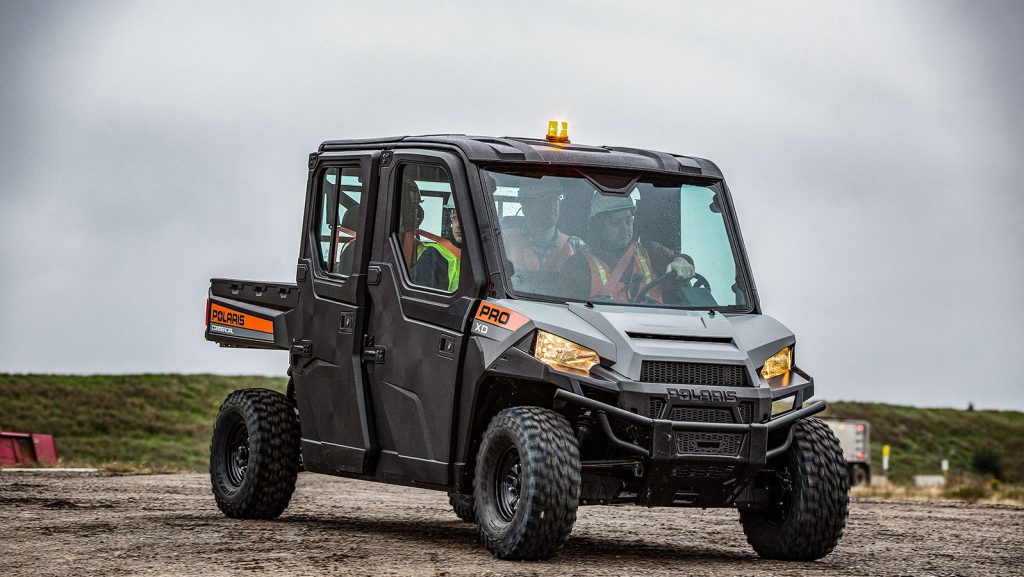
UTV Recalls Summary
There have been a number of UTV recalls the last two months. With the exception of the latest Polaris recall involving over 40,000 vehicles, the recalls have been very small. The large Polaris recall includes Ranger 1000 and Ranger Crew 1000, ProXD, Ariens/Gravely and Bobcat models. These models use a common drive belt, which can break and damage the fuel line.
The smaller recalls include John Deere XUV590, Kawasaki Teryx and Polaris RZR Pro XP models. A variety of issues drive the recalls. The recall information below is from the Consumer Product Safety Commission.
UTV Recalls Detailed Information
John Deere Gator UTV Recall
| OEM | Model(s) | Hazard | Remedy | Recall Date, Number & Link | Units Involved |
| John Deere | XUV590 and XUV590 S4 Gator™ | An error in the ECU (Engine Control Unit) software can result in the speedometer and several speed-related safety systems not functioning as designed, posing a crash hazard and risk of injury. | Repair | 5/20/2021 21-748 Recall lists recalled serial numbers | ~90 |
| Polaris | 2021 RZR Pro XP & Pro XP 4 | The vehicles were manufactured without copper seal washers on the turbocharger’s oil supply line, which can result in an oil leak, posing a fire hazard. | Repair | 5/13/2021 21-744 | ~32 |
| Kawasaki | Teryx S LE, Teryx4, Teryx4 Le, S LE, S LE Camo Gray, S LE Camo | The fuel pump retainer plate bolts can come loose causing fuel leakage over time, posing a fire hazard. | Repair | 4/22/2021 21-739 | ~100 |
| Polaris | 2020-2021 Ranger 1000 and Ranger Crew 1000, 2020 ProXD 2000G and 4000G, 2020-2021 Ariens/Gravely JSV3200, JSV3400, and JSV6400, 2020 Bobcat UV34 4×4 Gas and UV34 XL Gas, and 2021 Bobcat UV34 4×4 Gas | The drive belt can break during operation and damage the inner clutch cover assembly and fuel line, which can result in a fuel leak, posing a fire hazard. | Repair | 3/25/2021 21-732 | ~41,500 |
SVR tracks recalls on an ongoing basis.











